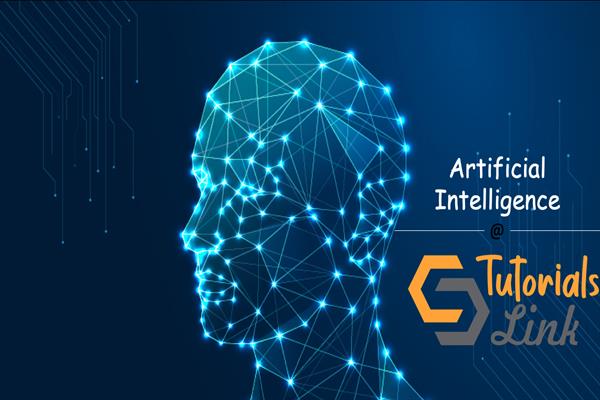Artificial Intelligence
What is Artificial Intelligence
-
Artificial Intelligence (AI)
AI stands for Artificial Intelligence it is study of what intelligence is and the process of creating systems that are more useful and smart.
AI is an interdisciplinary field which includes psychology, philosophy, linguistic, electrical engineering disciplines are also activity involved in some of the branches of AI. For example, mechanical engineering plays an important role in the design of robots.
AI researcher in psychology and linguistics are collectively referred to as information processing psychologists or cognitive scientists. The cognitive scientists are interested in understanding what intelligence is, how it is acquired and used. Their central activity involves the modeling of human information processing. The computing science, electrical engineering and other related engineering fields are more interested in building computing systems that perform at high levels of behaviours building machines that are more useful and smart.
Characteristics of Artificial Intelligence
The ideal characteristics of artificial intelligence is its ability to rationalize and take actions that have the best chance of achieving a specific goal. However the term artificial intelligence can be applied to any machine that exhibits traits associated with a human mind, such as learning and solving problems. Following are the characteristics of artificial intelligence:
1. Symbolic processing
2. Non-algorithmic processing
3. Reasoning
4. Perception
5. Communication
6. Ability to Learn
7. Imprecise knowledge
8. Planning
9. Fast decision making
1. Symbolic processing:-
In AI applications, computers process symbols rather than numbers or letters. AI application process strings of characters that represent real-world entities or concepts symbols can be arranged in structures such as lists hierarchies, or networks. These structures show how symbols relate to each other.
2. Non-algorithmic Processing:-
Computer program outside the AI domain are programmed algorithms that is fully specified step-by-step procedures that define a solution to the problem. The actions of a knowledge-based AI system depend to a far greater degree on the situation where it is used.
3. Reasoning:-
Reasoning is the ability to solve problems through logical deduction. The term artificial intelligence applies to a machine that can reason. It involves solving problems through logical deduction or induction.
4. Perception:-
Perception is the ability to deduce things about the world from visual images, sounds and other sensory inputs. It involves deducing things about the world from visual images, sounds and other sensory inputs.
5. Communication:-
Communication is the ability to understand written and spoken language. It involves the ability to communicate in human language, understanding people’s intentions and emotions through natural language processing techniques.
6. Ability to Learn:-
AI programs have an ability to learn conventional systems have not achieved that level till now.
7. Imprecise knowledge:-
An AI program needs an imprecise or general knowledge whereas a conventional program needs a precise or specific knowledge.
8. Planning:-
Planning is the ability to set and achieve goals. It involves setting and achieving goals through sequences of actions. Can be undertaken that will affect progress towards achieving the goals.
9. Fast decision making:-
AI has a powerful role to play in making real-world decisions. Even many of the most innovative organizations in the world such as Facebook, Google and Amazon rely on AI algorithms as part of their decision making process AI is capable of handling many different factors at once when making complex decisions, can process much more data at once, and use probability to suggest or implement the best possible decision.





